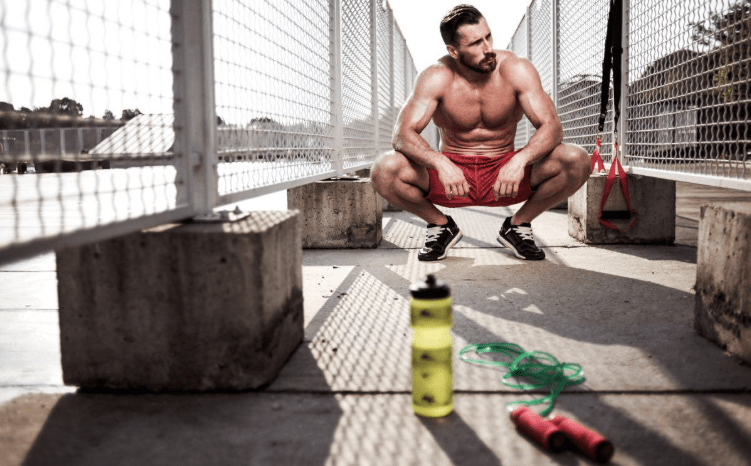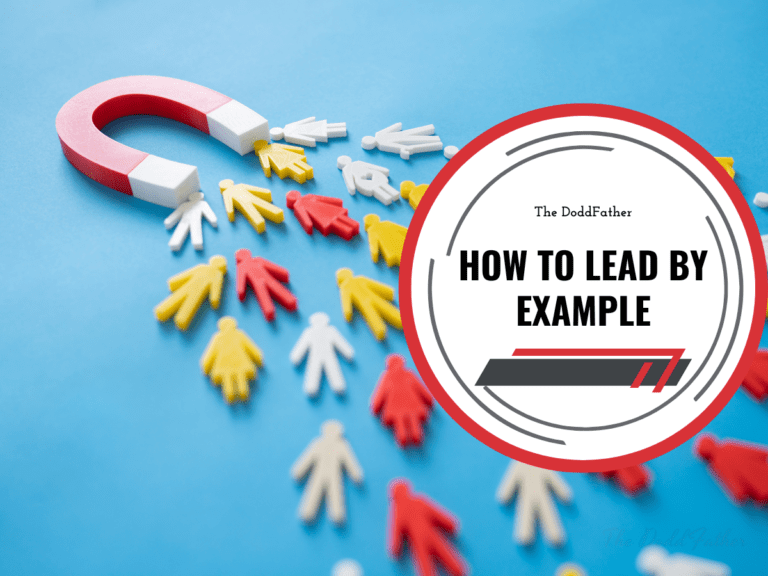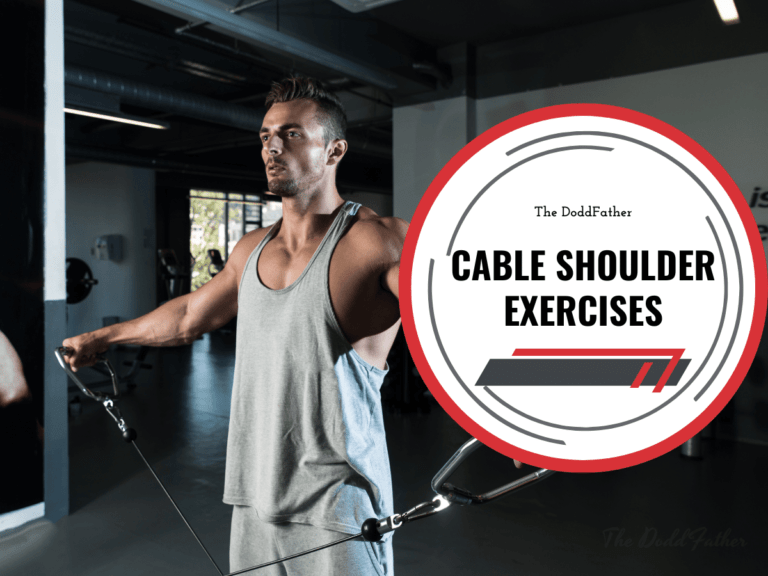
By Dr. Antti Rintanen, MD, MSc
Being a dad who trains brings a special kind of rhythm. You may not always have long hours to dedicate to recovery, but you’ve got something better—purpose. Whether you’re aiming to build muscle, run faster, or simply feel more energized throughout your day, taking care of your recovery isn’t just possible—it’s essential.
Let’s be clear: fatherhood isn’t a barrier to performance. It just adds context. Sure, there are early mornings, packed schedules, and high demands—but with the right strategies, recovery can become a consistent part of your lifestyle, not another task on a growing to-do list.
As both a doctor and a dad, I’ve seen what works in the real world—between kids’ activities, work stress, and training sessions squeezed into lunch breaks. This guide is for active parents who want to feel and perform their best by investing in smart, sustainable recovery.
Sleep: The Foundation You Can’t Ignore
Sleep is when your body shifts into full recovery mode. During deep sleep, growth hormone is released, protein synthesis ramps up, and neural circuits consolidate both physical and cognitive learning. Inadequate or fragmented sleep impairs tissue repair, suppresses testosterone, and increases the likelihood of overtraining.¹
Even one night of poor sleep can blunt muscle protein synthesis, and long-term deficits affect everything from focus to immune function. If you’re trying to get stronger or leaner, sleep isn’t optional—it’s foundational.
Doctor’s Tip:
- Aim for 7 to 9 hours of sleep per night. If that’s not realistic due to a newborn or work shifts, optimize what you can: reduce light exposure at night, cut caffeine after midday, and wind down with calming activities like reading or breathwork.
- Consider using a sleep tracker or journaling your patterns for a week. Identifying what’s disrupting your rest is the first step to improving it.
- Short naps—10 to 20 minutes—can counteract sleep debt without disrupting nighttime sleep.
Hydration: Keep It Simple, Keep It Steady
Hydration may be one of the most overlooked pillars of recovery. It’s not just about avoiding thirst—hydration impacts circulation, thermoregulation, nutrient transport, and even mental clarity. Even mild dehydration—just 1–2% of body mass—can impair endurance, elevate heart rate, and increase perceived exertion.²
And let’s face it: between work, commuting, and home life, it’s easy to forget to drink water until you’re already running on low.
Doctor’s Tip:
- Start your day with a glass of water before coffee. Keep a refillable bottle nearby during the day as a visual cue.
- If you train in the heat, work a physical job, or sweat heavily, supplement with electrolytes to maintain fluid balance.
- Check your hydration status with the “pee test”: pale yellow = hydrated; dark yellow or amber = drink more.
Nutrition: The Recovery Fuel You Can Control

Nutrition fuels adaptation. After a workout, your body enters a rebuilding phase where nutrients play a key role in muscle repair, energy restoration, and inflammation control. Protein intake supports muscle protein synthesis, while carbohydrates help refill glycogen stores.³ Skimping on either can slow recovery and leave you dragging into your next session.
For busy dads, the key is not perfect nutrition—it’s prepared nutrition.
Doctor’s Tip:
- Aim to consume a balanced meal or snack within 60 to 90 minutes post-training, including 20–40g of protein and a source of carbs.
- Smart post-workout options:
- Greek yogurt with granola and berries
- Tuna sandwich on whole grain bread
- Protein smoothie with banana and oats
- Greek yogurt with granola and berries
- Distribute protein intake evenly across your meals for best results—this improves absorption and muscle recovery throughout the day.
Batch cook when you can, and stock convenient staples like boiled eggs, protein bars, and pre-cooked grains to avoid relying on impulse decisions.
Active Recovery: Keep Moving to Recover Faster
After a tough session, the temptation is to crash on the couch—but passive recovery can actually prolong soreness and stiffness. Active recovery—gentle movement following intense workouts—enhances circulation, reduces inflammation, and speeds up tissue repair.⁴
This doesn’t mean another workout. It means movement without intensity.
Doctor’s Tip:
- Low-intensity activities like walking, light cycling, swimming, or yoga help keep muscles mobile and reduce delayed-onset muscle soreness (DOMS).
- Use foam rollers, massage balls, or dynamic stretches to work out tension. Focus on hips, hamstrings, calves, and thoracic spine—common areas of tightness in dads.
- Turn recovery into family time. A walk with your kids or a light hike doubles as bonding and active recovery.
Small habits, done daily, often make the biggest impact on long-term recovery and mobility.
Stress Management: The Overlooked Recovery Pillar
Your body can’t distinguish between different stress sources—training, traffic, deadlines, toddler meltdowns. Chronic stress elevates cortisol, a catabolic hormone that impairs muscle recovery, disrupts sleep, and increases injury risk.⁵
Learning to downshift mentally helps your body shift from “fight or flight” into “rest and repair.”
Doctor’s Tip:
- Take micro-breaks during the day—pause between meetings, go for a walk without your phone, or try box breathing (inhale 4s, hold 4s, exhale 4s, hold 4s).
- Use simple evening routines to “land the plane” at the end of your day. This could be a warm shower, journaling, or playing music.
- Try mindfulness apps like Headspace or Insight Timer if you’re new to relaxation training.
Remember: a calmer nervous system equals better recovery and better performance.
Cold, Heat, and Compression: Tools, Not Magic Bullets
Cold plunges. Sauna. Compression boots. The world of recovery tools is booming—but while they’re helpful, they’re not substitutes for sleep, nutrition, and movement.
Cold-water immersion reduces muscle soreness and inflammation in the short term, while heat therapy (e.g., saunas) may promote cardiovascular benefits and mental relaxation. Compression garments are promising for lowering perceived soreness post-exercise, though results vary by person.⁶
Doctor’s Tip:
- Use cold exposure (ice baths, cold showers) after long runs or HIIT—but avoid immediately post-weightlifting if muscle growth is your goal.
- Use heat (sauna, hot baths, heating pads) for relaxation and circulation benefits, especially in colder months.
- Consider compression socks for long workdays on your feet or after leg-heavy sessions.
These are “nice to haves,” not “musts”—but they can amplify your recovery plan when used intentionally.
Listen to Your Body—Not Just Your Watch
Wearable tech can track sleep, heart rate variability, and readiness scores—but it can’t capture your unique daily context. One day, you might be fully “green” but feel run down from three nights of interrupted sleep and back-to-back toddler tantrums.
Subjective recovery markers—fatigue, mood, motivation, and soreness—are equally, if not more, valuable.⁷
Doctor’s Tip:
- Keep a quick daily journal: How did you sleep? How sore are you? How’s your motivation? Patterns will emerge over time.
- Don’t be afraid to adjust intensity. If you feel off, swap a heavy session for a mobility flow or a long walk.
- Use your wearable as a guide, not a command center.
Your body is constantly communicating. The more you listen, the better you’ll perform.
Final Thoughts
Smart recovery doesn’t require hours of extra effort—it requires small, consistent actions. Recovery is where growth happens. It’s the space between efforts where your body builds strength, restores energy, and prepares to go again.
As a dad, you’re already balancing a full life. The goal isn’t to be perfect—it’s to be consistent. Prioritize recovery not just so you can train harder, but so you can keep showing up as your best self—at the gym, at work, and at home.
About the Author
Dr. Antti Rintanen is a medical doctor and the author of The Internet Doctor, where he shares practical, evidence-based strategies to support health and performance. He specializes in helping active individuals recover smarter, train better, and avoid injury.
References
- Dattilo M, Antunes HKM, Medeiros A, et al. Sleep and muscle recovery: endocrinological and molecular basis for a new and promising hypothesis. Med Hypotheses. 2011;77(2):220–222. https://pubmed.ncbi.nlm.nih.gov/
- Sawka MN, Burke LM, Eichner ER, Maughan RJ, Montain SJ, Stachenfeld NS. Exercise and fluid replacement. Med Sci Sports Exerc. 2007;39(2):377–390. https://pubmed.ncbi.nlm.nih.gov/
- Phillips SM, Van Loon LJC. Dietary protein for athletes: from requirements to optimum adaptation. J Sports Sci. 2011;29(sup1):S29–S38. https://pubmed.ncbi.nlm.nih.gov/
- Dupuy O, Douzi W, Theurot D, Bosquet L, Dugué B. An evidence-based approach for choosing post-exercise recovery techniques to reduce markers of muscle damage, soreness, fatigue, and inflammation: a systematic review with meta-analysis. Front Physiol. 2018;9:403. https://pubmed.ncbi.nlm.nih.gov/
- Hackney AC. Stress and the neuroendocrine system: the role of exercise as a stressor and modifier of stress. Expert Rev Endocrinol Metab. 2006;1(6):783–792. https://pmc.ncbi.nlm.nih.gov/
- Bleakley CM, Davison GW. What is the biochemical and physiological rationale for using cold-water immersion in sports recovery? Br J Sports Med. 2010;44(3):179–187. https://pubmed.ncbi.nlm.nih.gov/
- Kakhi K, Jagatheesaperumal SK, Khosravi A, Alizadehsani R, Acharya UR. Fatigue Monitoring Using Wearables and AI: Trends, Challenges, and Future Opportunities. arXiv. https://arxiv.org/





